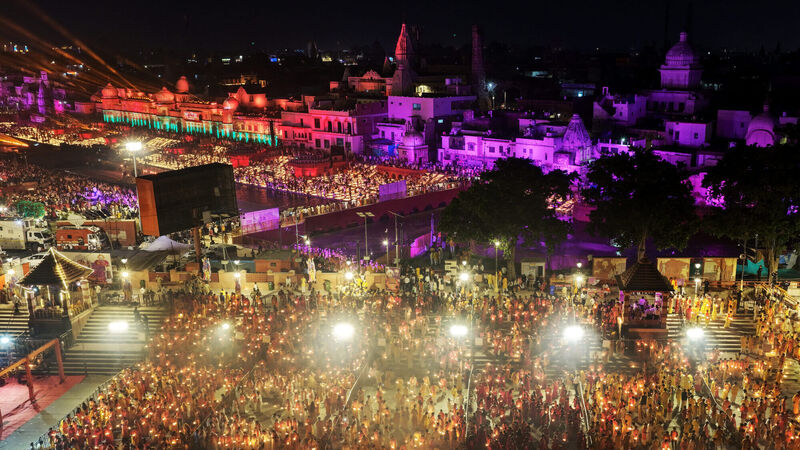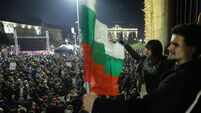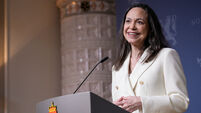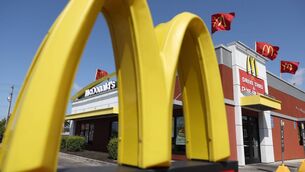India lights up as millions celebrate Diwali

Millions of Indians celebrated Diwali on Monday as lamps illuminated homes and streets across the country to mark the Hindu festival symbolising the victory of light over darkness.
Diwali, derived from the word “Deepavali”, meaning “a row of lights”, is typically celebrated by socialising and exchanging gifts. The dates of the festival are based on the Hindu lunar calendar, typically falling in late October or early November.











